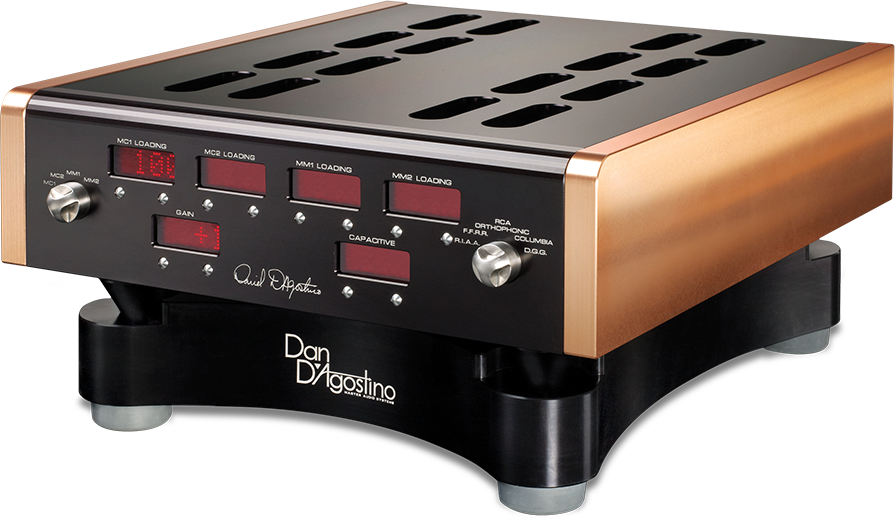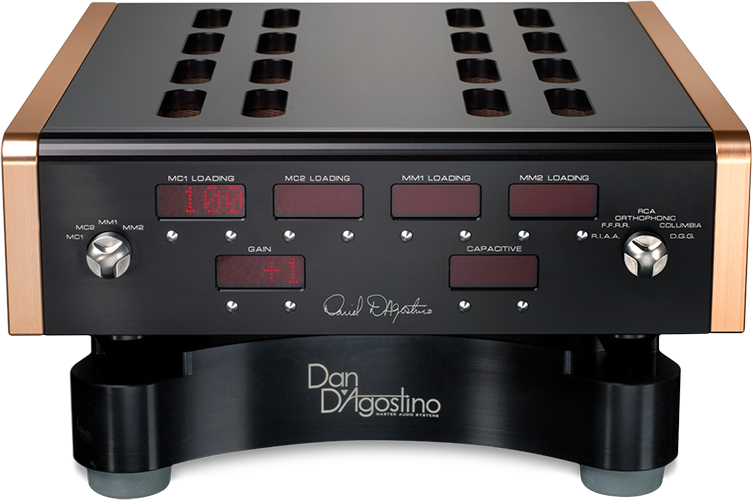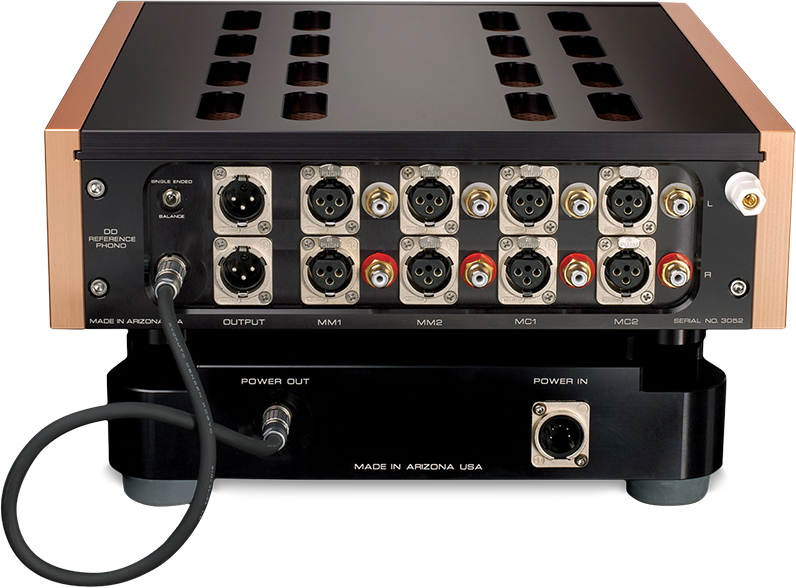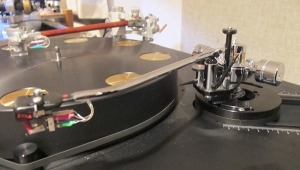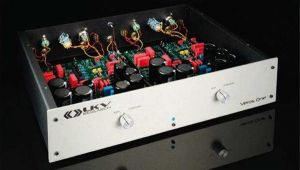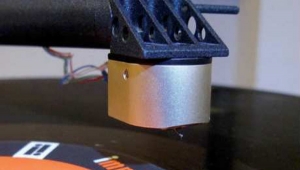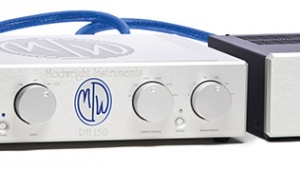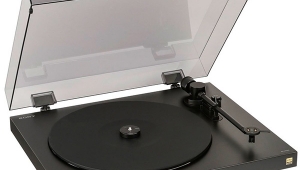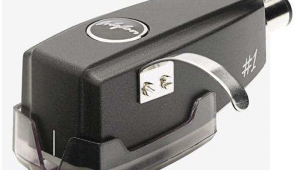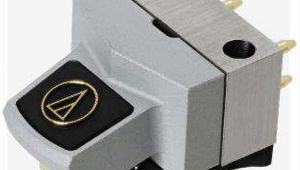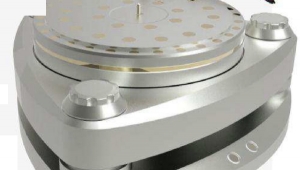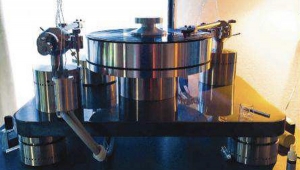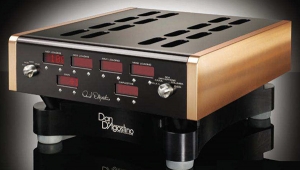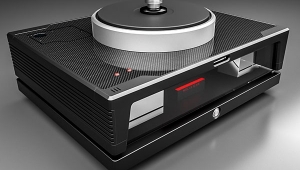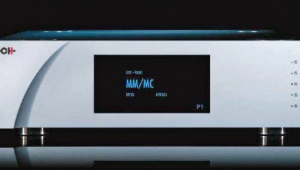| Columns Retired Columns & Blogs |
It would be better to see higher resolution depictions of the reviewed product, including views of the front and rear panels at sufficiently high resolution to enable the viewer to clearly read the front and rear panel markings. While such pictures exist on the marketing webpage for this product at the Dan D’Agostino Master Audio Systems (aka DDMAS) website, it would be far more convenient to view those here while reading the review.
